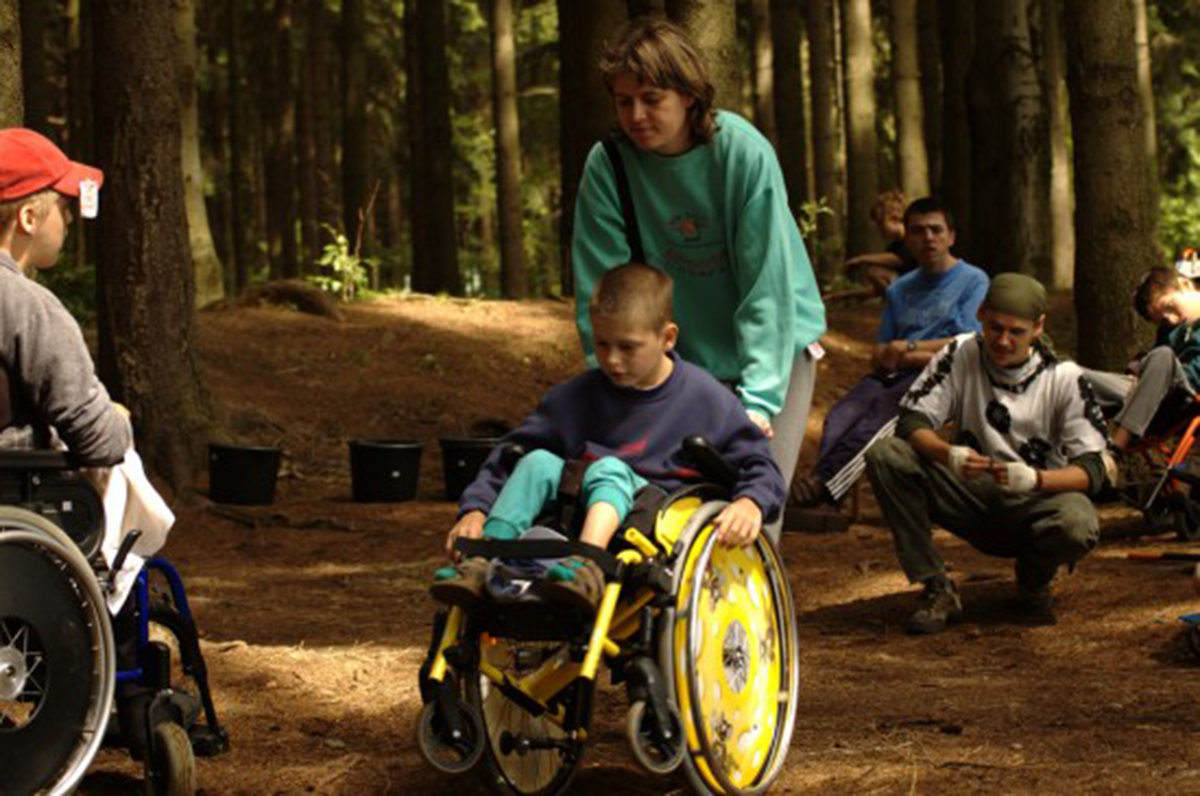What is Duchenne Muscular Dystrophy?
Duchenne Muscular Dystrophy affects mainly males. Duchenne Muscular Dystrophy only affects males, but females can be a genetic carrier of the disease, though there are also cases caused by spontaneous germline transmission.

Duchenne Muscular Dystrophy is an inherited degenerative muscular disease which rapidly progresses in comparison to other muscle wasting diseases. The disease is named after Guillaume Benjamin Duchenne, a French neurologist that discovered it in 1861. DMD is caused by a mutation in the dystrophin gene which is responsible for connecting muscle fiber to the cell matrix through a specific protein complex. The absence of dystrophin prevents excess calcium from being absorbed properly into a cellular membrane, which causes damage, atrophy and necrosis of muscle tissue.
Signs and Symptoms of DMD
There are signs and symptoms which can highlight to a parent that their child might possibly have DMD. The main symptoms are muscle weakness, muscle wasting particularly within the pelvis and calves, which can also occur in the arms, legs, neck and sometimes in the lower parts of the body. Most children will experience symptoms which occur before the age of 6 years old and sometimes in early infancy. Other physical symptoms of DMD include the following:
- Frequent falling
- Awkward walking, stepping or running
- Fatigue
- Overall posture changes, gait of walking, stepping and running
- Decreased motor skill development (hopping, skipping, running, etc.)
- Muscle fiber deformation
- Increasing problems with walking as child ages
- Skeletal deformities
- Enlargement of the tongue and calves
- Increased learning difficulties
- Usually child is unable to walk by the age of 12 years old
- Skeletal deformities (scoliosis, lordosis, etc.)
How to Improve the Quality of Life in a Child with DMD
With the recent medical studies and trials conducted about DMD, treatment continues to improve which directly results in improving the life of a child suffering from the disease. While there is no known treatment for the disease, there are things which can be done to improve and increase the quality of life for someone battling DMD. Stem-cell research studies are showing great promise and may be able to replace some of the damaged muscle tissue, which will control the onset of symptoms and maximize an individual’s quality of health and life.
Other beneficial medications for DMD are corticosteroids which can increase energy and alleviate the severity of certain symptoms of the disease. Beta2-agonists also show great promise for increasing muscle strength but do not modify or slow the progression of DMD. Mild physical activity, physical therapy, orthopedic appliances and respiratory support can also go a long way at improving the well-being and outcome for a person with DMD.
Awareness Week: Duchenne MD Awareness Week Worldwide, February 14th-20th
Each year between February 14th and 20th, the Parent Project Muscular Dystrophy nonprofit organization observes a weekly worldwide DMD awareness campaign which is designed to educated people about the disease. It is the hopes of the organization that through public education and informational materials, families with son’s suffering from DMD will come together and encourage policymakers to raise awareness of this ravaging disease and create support for and within the community.
READ Immune System Boosters for Children and Parents
Overview
While Duchenne Muscular Dystrophy is one of the most common forms of muscular dystrophy disorders, much research is still required in order to formulate a better understanding of the disease. DMD eventually affects all the voluntary muscles of the body, including the heart and respiratory system which means it can be fatal. By improving the quality of life in a child suffering from DMD, a parent can find ways to alleviate or slow the progression of the disease. Prompt diagnosis, early medical intervention and appropriate care are vitally important to providing the best quality of life possible for those suffering from DMD.
- Photo courtesy of Honza Soukup by Flickr : www.flickr.com/photos/honzasoukup/750330666/
- www.wrongdiagnosis.com/d/duchennemd/basics.htm en.wikipedia.org/wiki/Duchenne_muscular_dystrophy www.mda.org/disease/dmd.html www.parentprojectmd.org/site/PageServer?pagename=nws_index


Your thoughts on this